The Social Order
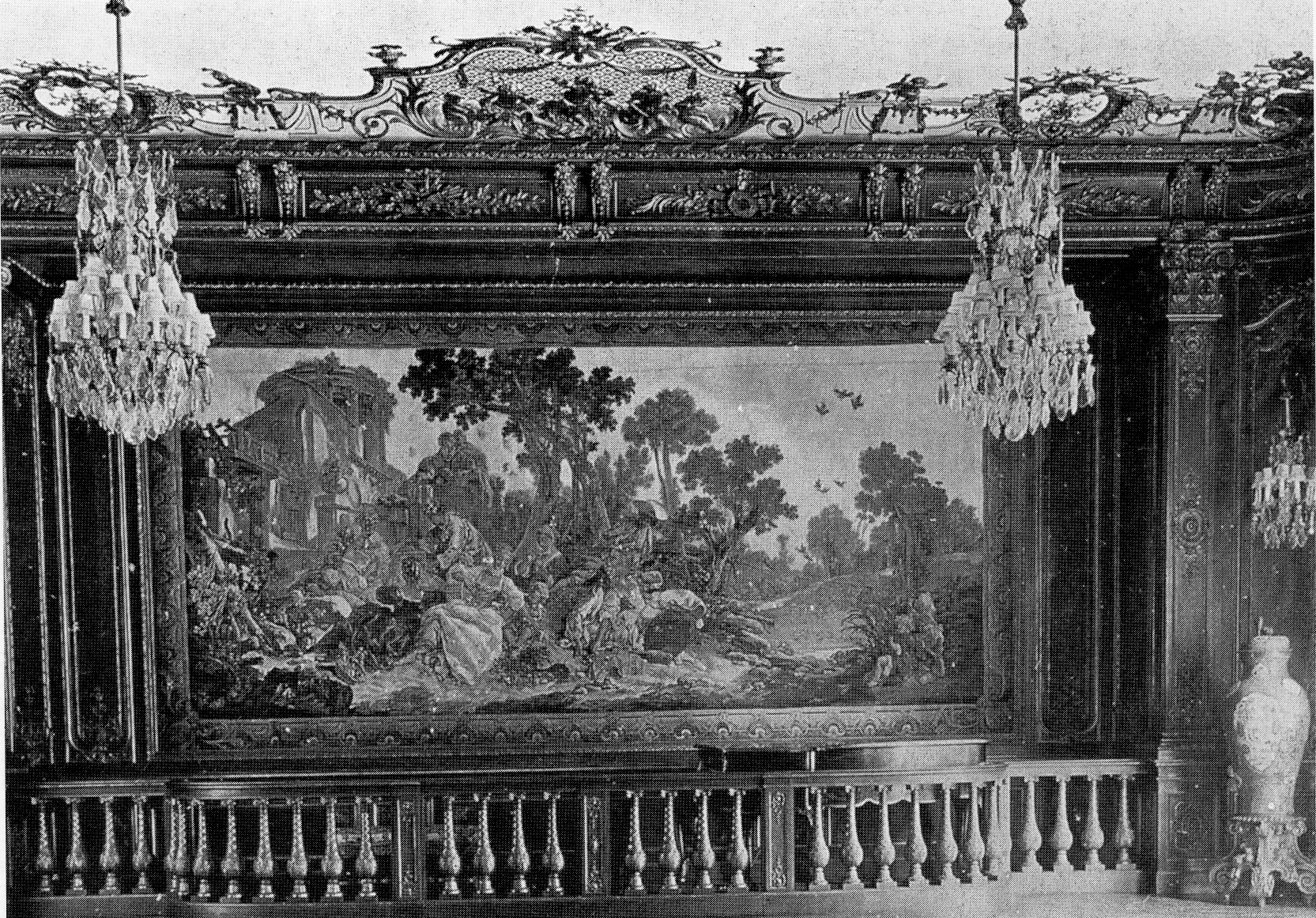 The Beauvais tapestry, north end of ballroom, 1909
The Beauvais tapestry, north end of ballroom, 1909
Of the social events in Hursley Park House, the twenty-first birthday of Sir George Cooper’s eldest son in 1911 was still remembered in 1972 by some of the villagers; it seems to have been a very notable occasion.
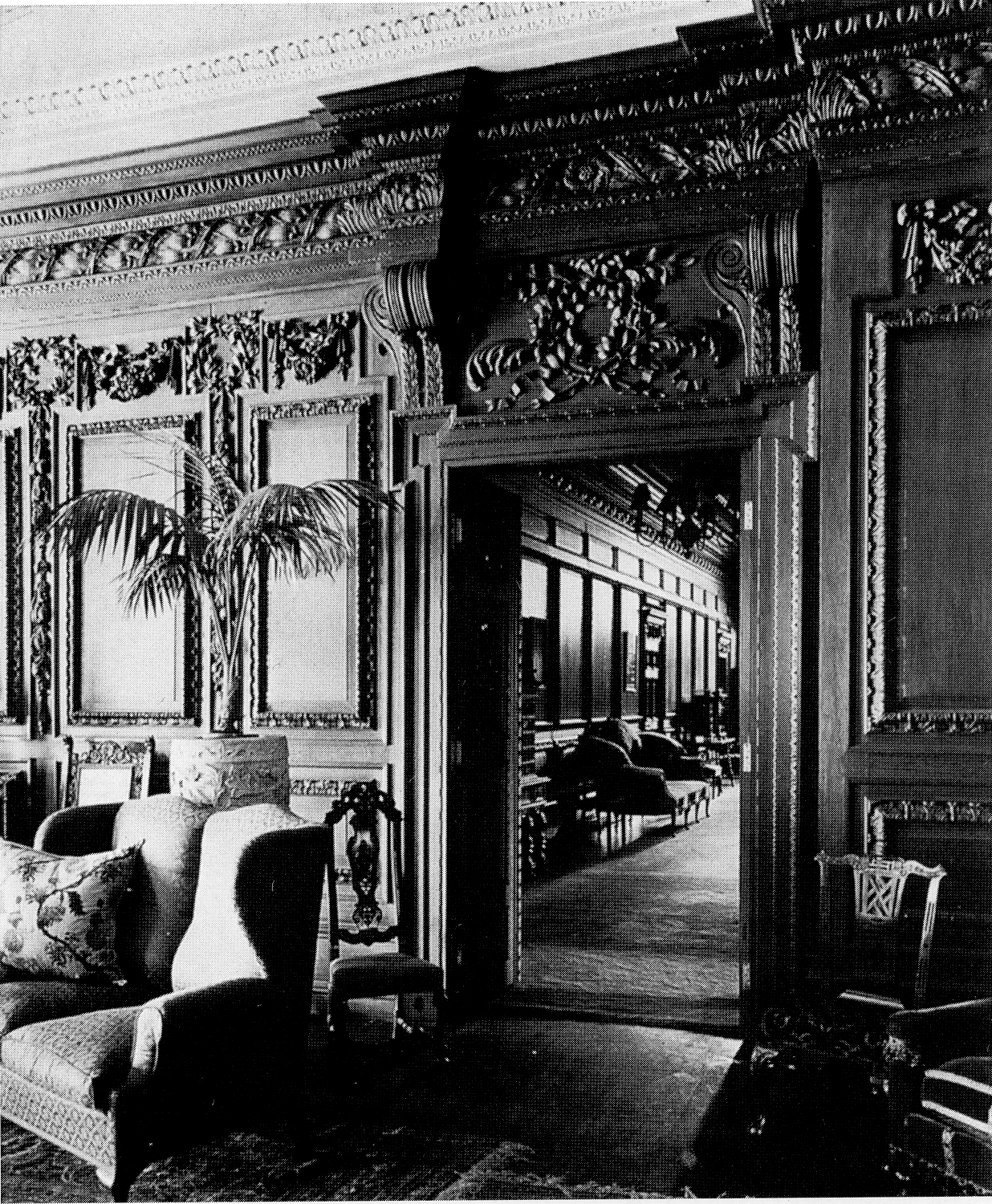 West Hall
West Hall
Like the Heathcotes (and to a certain extent Joseph Baxendale), the Coopers had much to do with public works in Winchester - the judiciary, hospital and local council for example - for which they are still remembered.
Sir George Cooper’s public spirited response to the needs of the First World War added greatly to Hursley’s rich history, and is covered in the chapter beginning on page 59.
After the First World War and up to the Second, the House and Park fulfilled the functions they had been designed for, namely seasonal occupation according to the social calendar. During this period the gardens were extended and the house enhanced - including a change to AC electric lighting in 1926. The two original Crossley engines were harnessed to new AC generators, and the o1d accumulators were discarded.
The Coopers had their own vehicle colours, which were used on most of their motor and horse carriages. The colours were green for the body flanks and black for wings (mudguards) and wheels. During their 40 years at Hursley, the Coopers owned an interesting variety of motor vehicles including: Benz; Brush; Panhard et Levassor; 1906-7 Sunbeam; 1909 Rolls Royce 40/50; Singer Super Six; Commer Coach (15 seats); 1933 Rolls Royce Phantom 11; Ford V8 shooting brake; Morris 21hp Six; Humber Super Snipe; and a Wolseley 25hp Six. The coach house usually held a ‘four in hand’ (a carriage pulled by four horses with the driver on a high box); a brougham (a one-horse short closed four wheeler); a phaeton (a light open four wheeler usually pulled by a pair of horses); and a commission van for the carriage of post and local purchases and for collections at Winchester Railway Station.
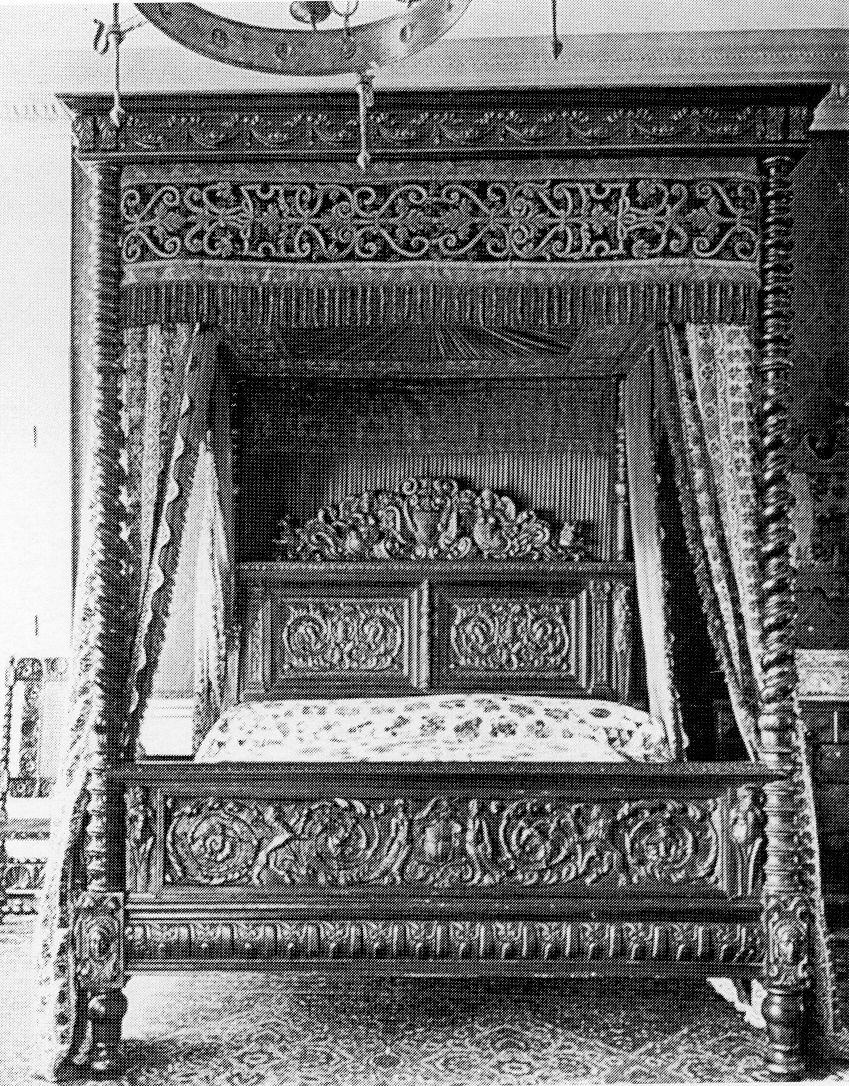 The Cromwell Bedroom
The Cromwell Bedroom
With the outbreak of the Second World War in 1939, the amenities of the Park were immediately offered for the use of the Services, as well as the House for a hospital again. In 1940 Sir George Cooper died, and Lord Beaverbrook requisitioned the House to rehouse the design staff of Vickers Supermarine, who had been bombed out of their premises at Woolston, Southampton. This effectively marked the end of the use of Hursley Park House as a private residence. The war years and those following are covered in a later chapter.
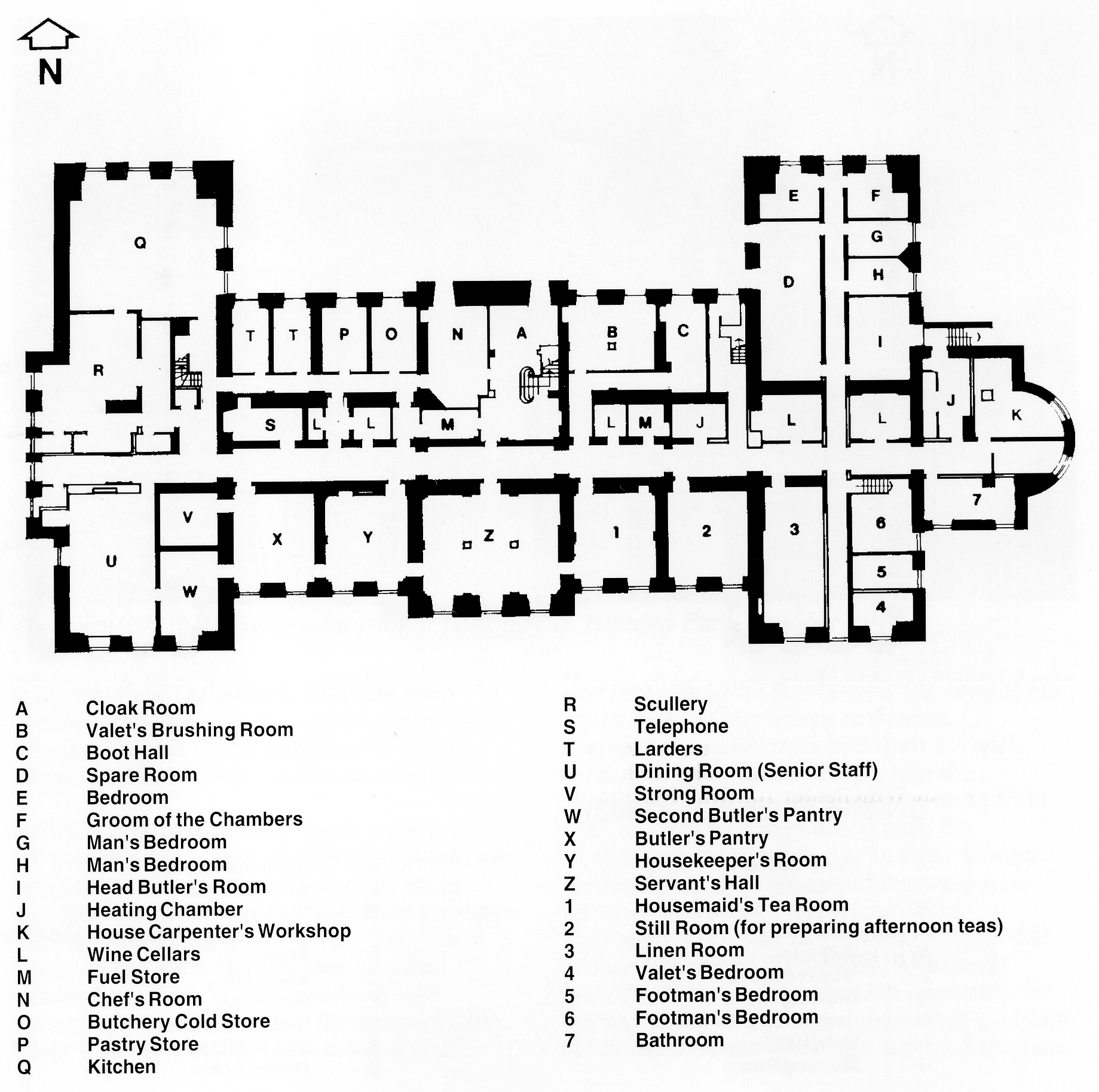 Lower Ground Floor Plan (1903)
Lower Ground Floor Plan (1903)
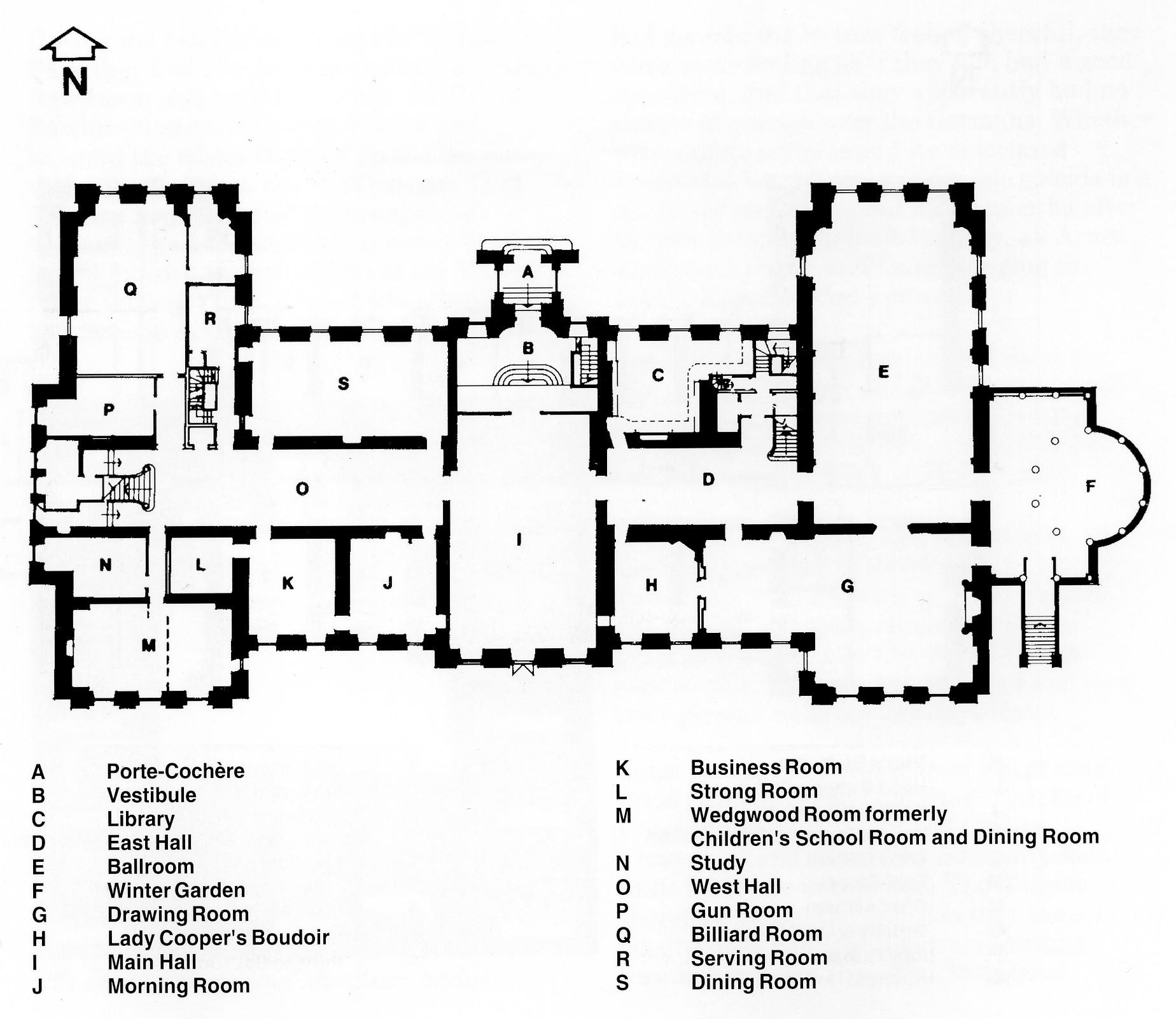 Ground Floor Plan (1903)
Ground Floor Plan (1903)
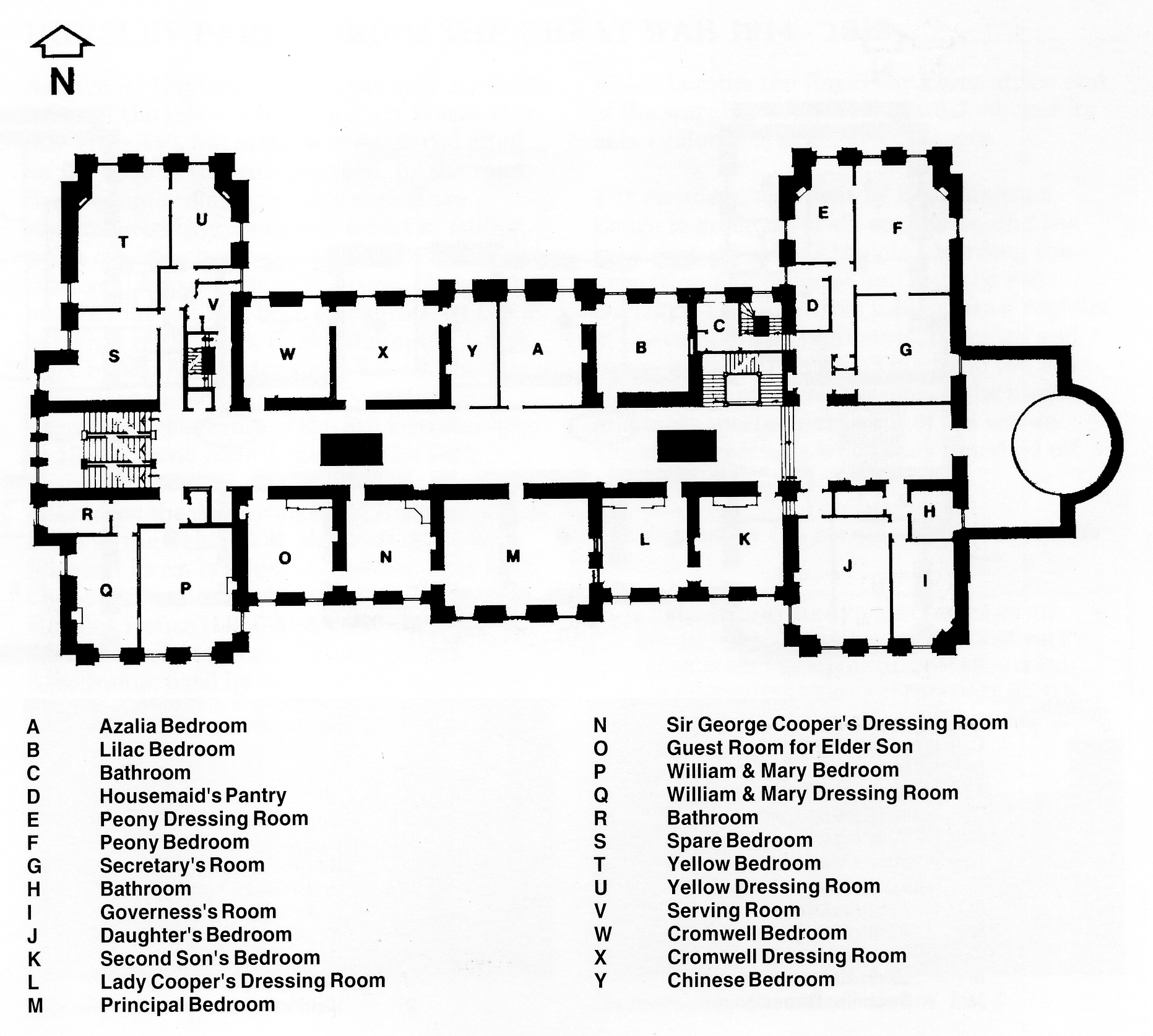 First Floor Plan (1903)
First Floor Plan (1903)
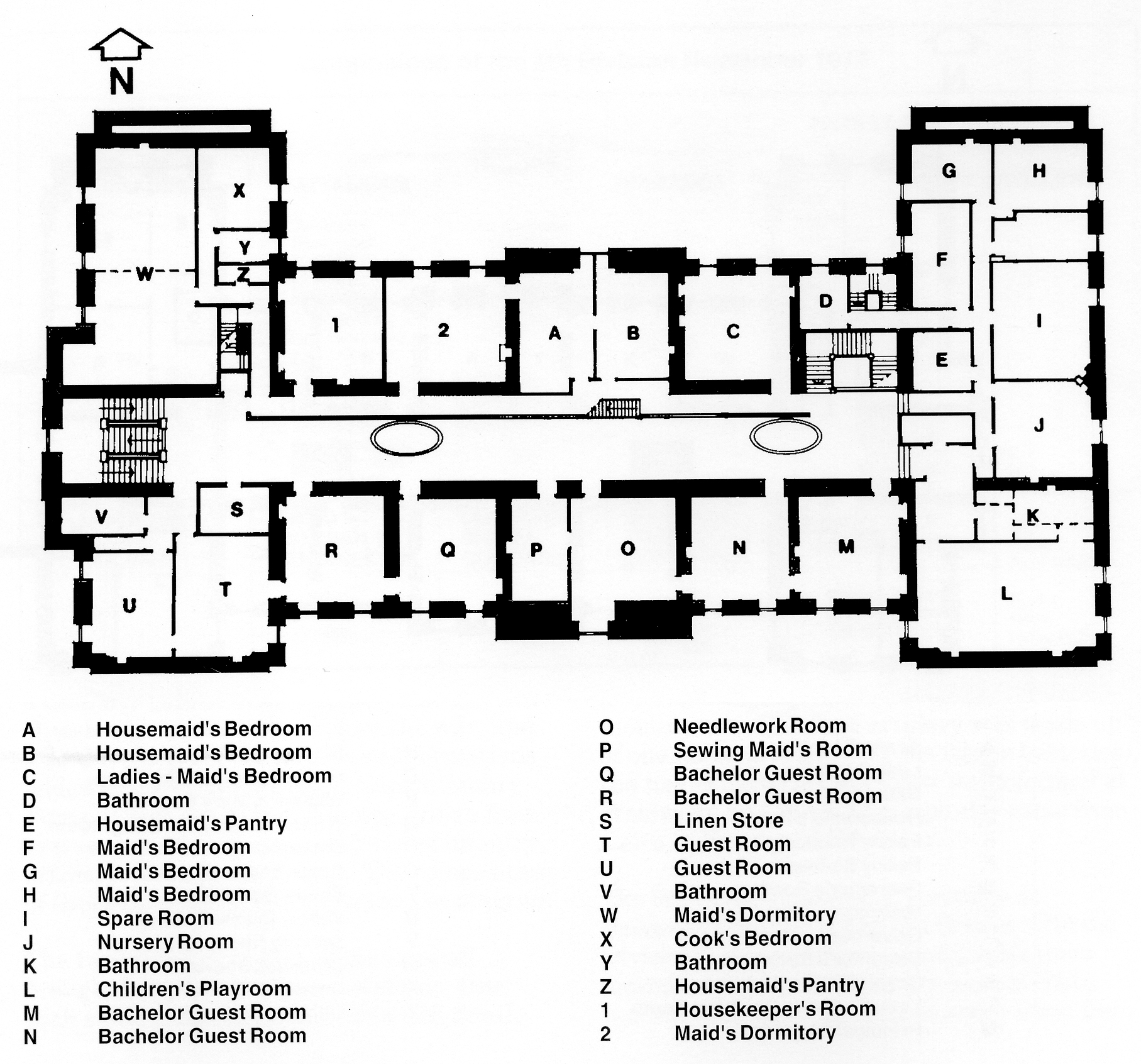 Second Floor Plan (1903)
Second Floor Plan (1903)